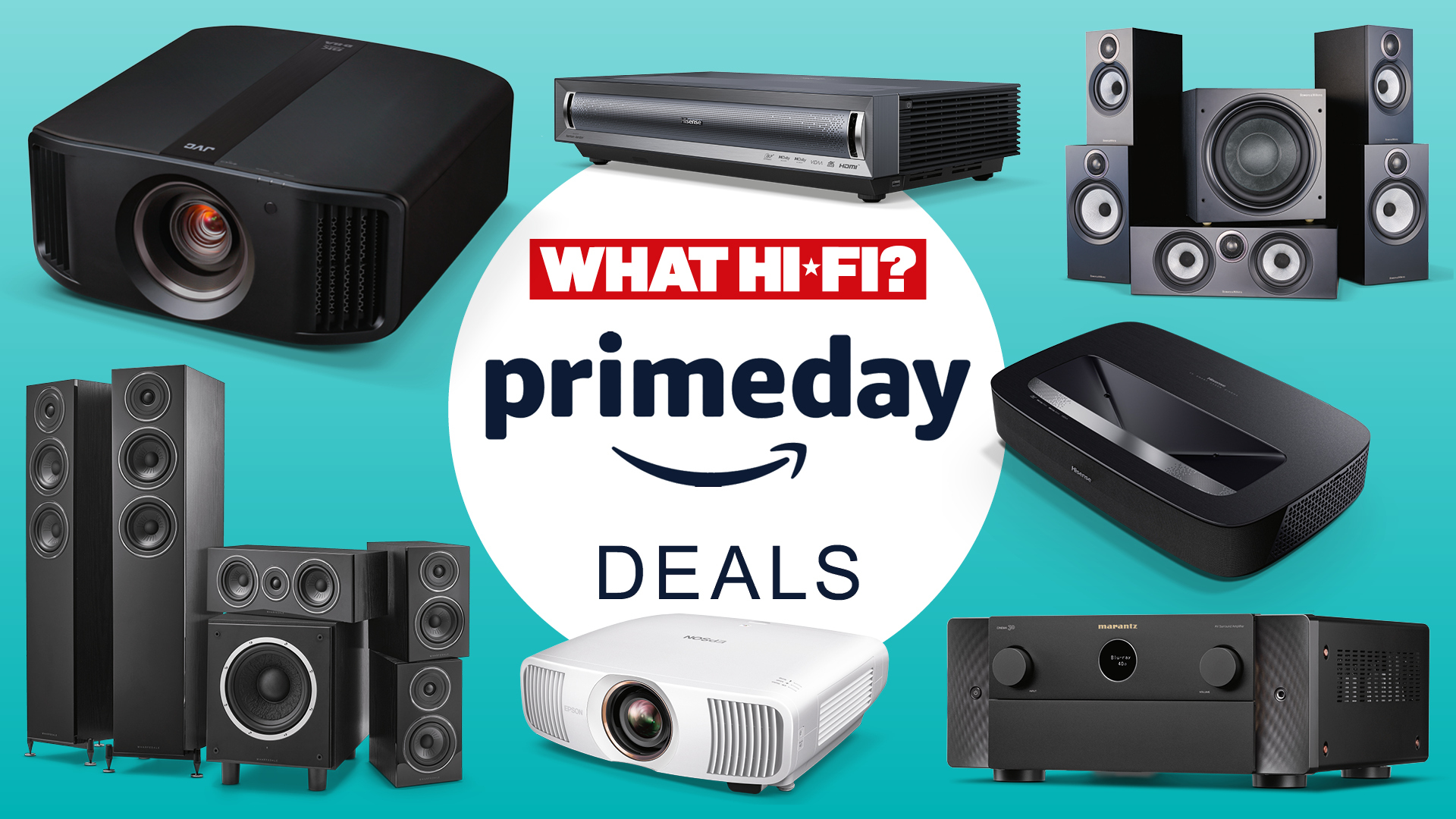Best cheap noise-cancelling headphones 2025: expert-tested recommendations
Blocking background noise need not cost a fortune
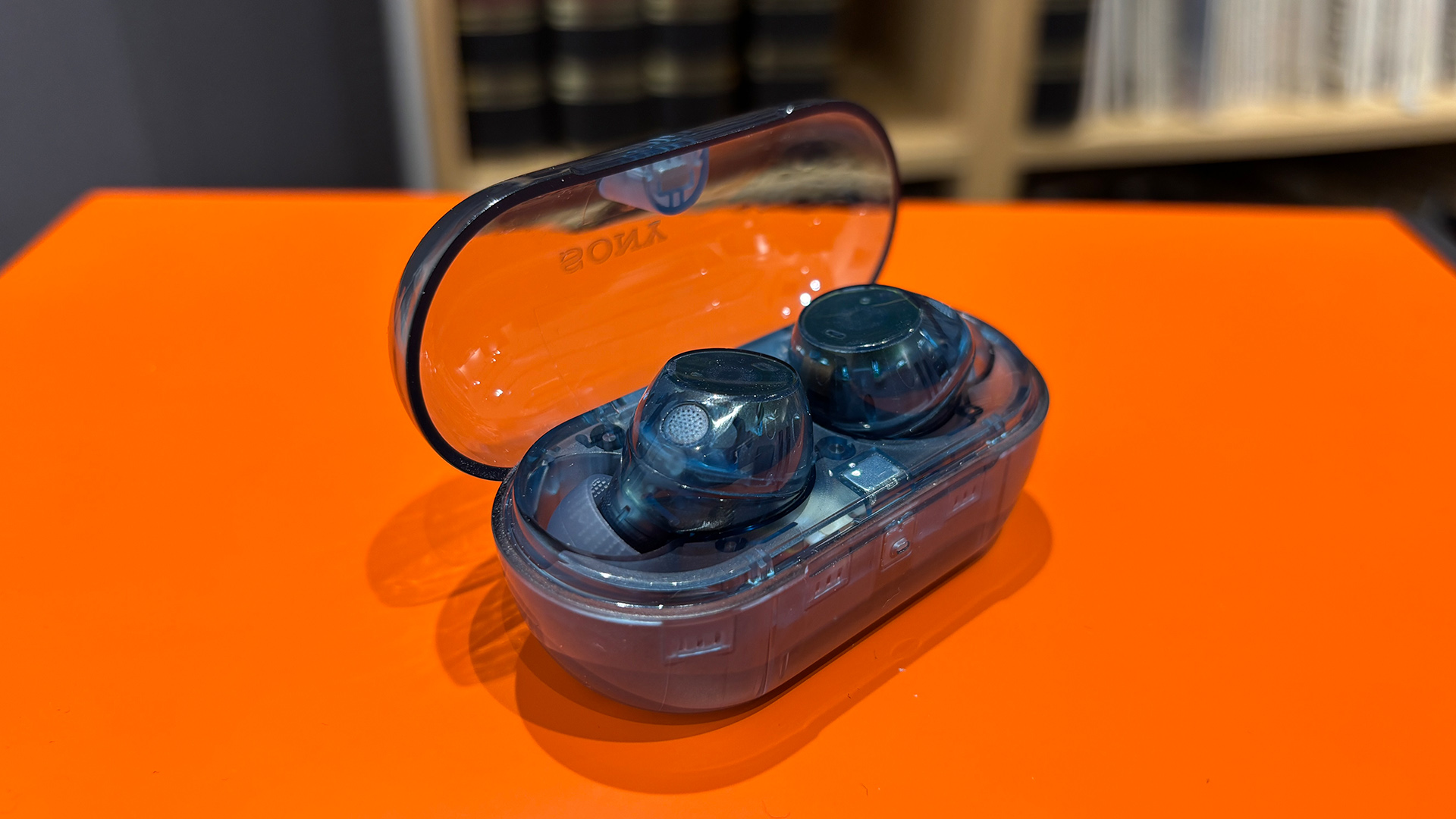
If you thought active noise-cancellation (ANC) was beyond your budget, you might be pleasantly surprised. Because while once the preserve of high-end headphones, the technology is now available in pairs of all prices, right down to some very affordable models indeed.
That's what we're covering here. All of the below pairs are under £150, and some are quite a bit cheaper. They cover all bases too: earbuds, over-ears and sports models are all here.
We've used each of the below extensively as part of our reviews process, so can confirm that they all perform brilliantly. We listen to a range of music and other content in a variety of settings to really gauge how each pair performs.
We test them against rival models at a similar price to see where they sit in the market, and each verdict is decided in consultation with other members of our reviews team to avoid individual bias. For more on what our reviews process entails, see our how we test section further down this page.

My first pair of noise-cancelling cans were the mighty Bose QuietComfort 2 in the early 2000s. I used them for everything, from working, to walking around town listening to music and getting some shut-eye on the red-eye. Thankfully noise-cancelling headphones are now much cheaper than the QC2, making the tech more accessible to all. Whatever your want, you'll find a great – and affordable – pair from our list below, with extra features besides ANC, like great sound quality, good quality Bluetooth codecs and genuinely useful Bluetooth features like Multipoint.
The quick list
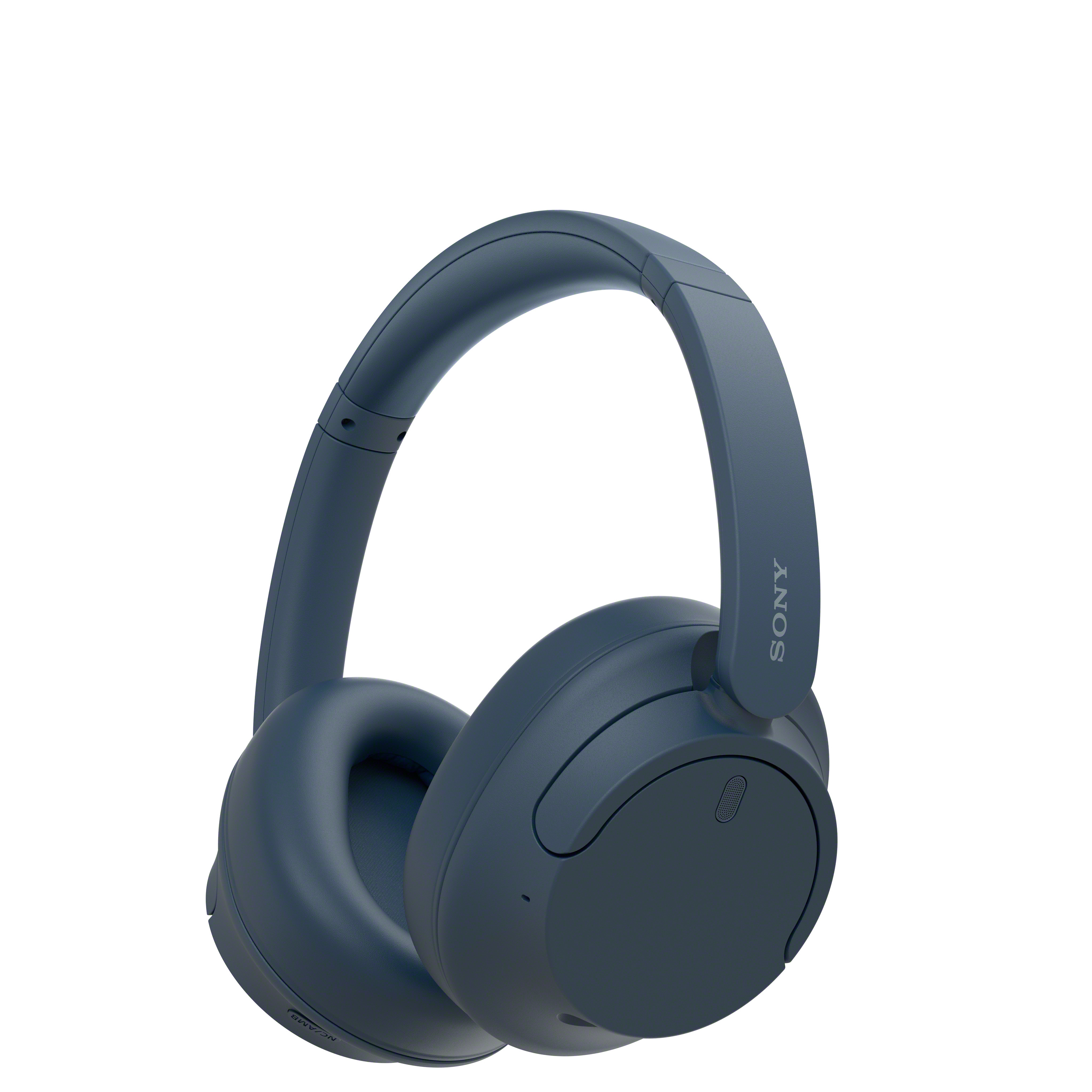
For the price, these are well-built, comfortable, and offer very good sound quality and the all-important noise cancellation. The best ANC budget pair for most people.
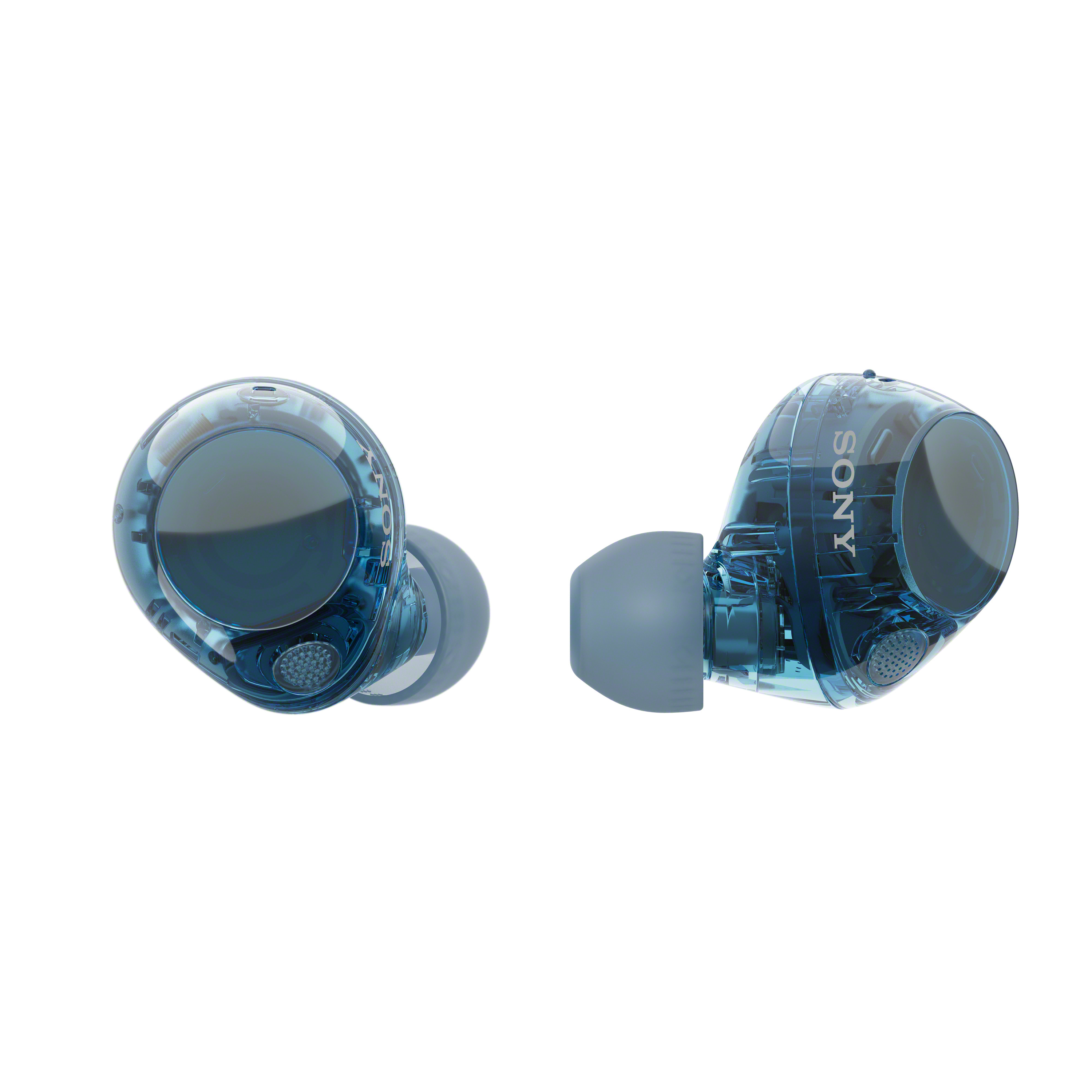
Following the multi-Award-winning C700N was never going to be easy, but Sony has pulled it off. The C710N offer everything that made their predecessors so great, and then some. Superb sound and noise cancellation make them a must buy.

With eight hours from the buds, and a total of 30 hours including the charging case, the JBL Live Pro 2 TWS will keep you entertained for days on end. Not many noise-cancelling earbuds can match that – and certainly not at this price.
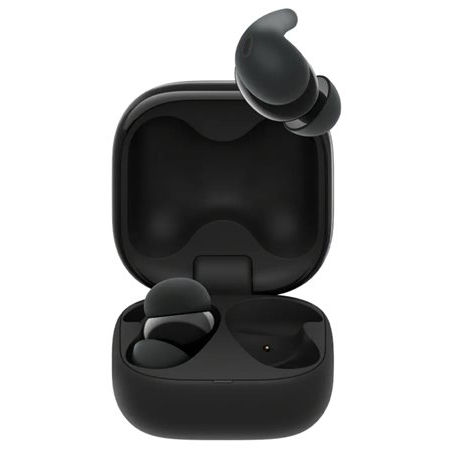
Small, light and secure, these noise-cancelling earbuds are perfect for sporty types who want an energetic sound to push them over the finish line.
The best cheap noise-cancelling headphones we recommend in 2025
Why you can trust What Hi-Fi?
Best over-ears
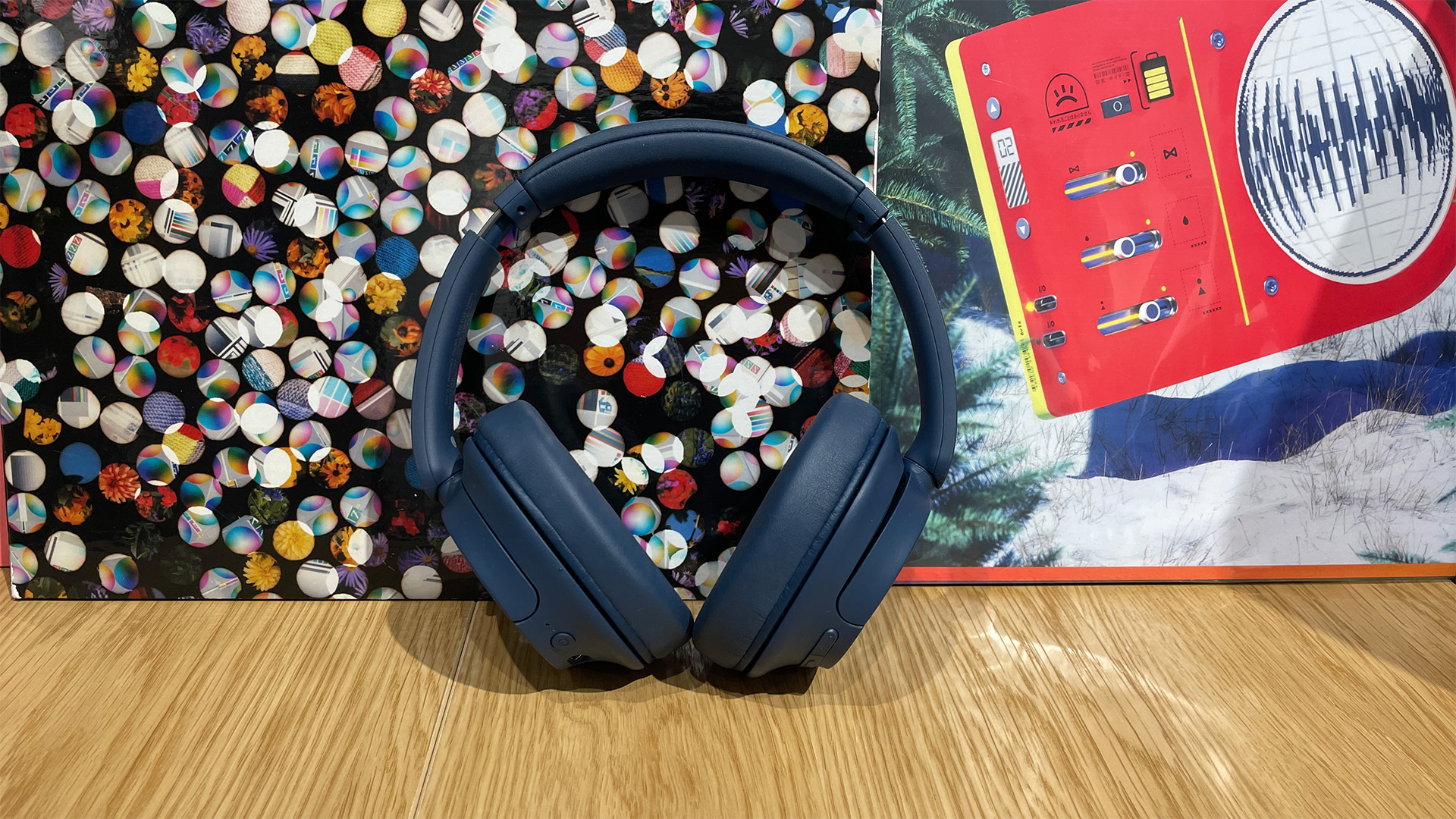
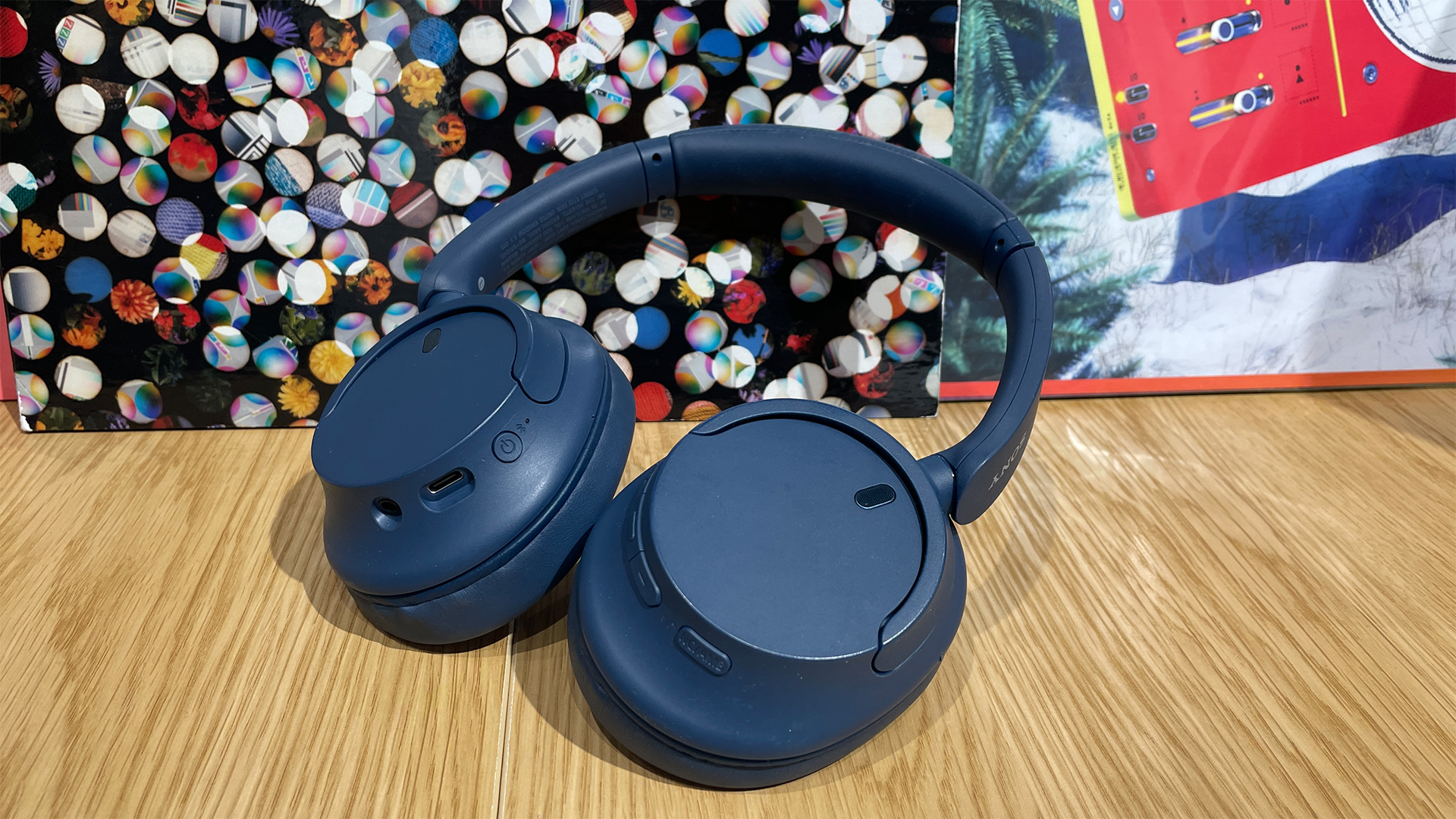

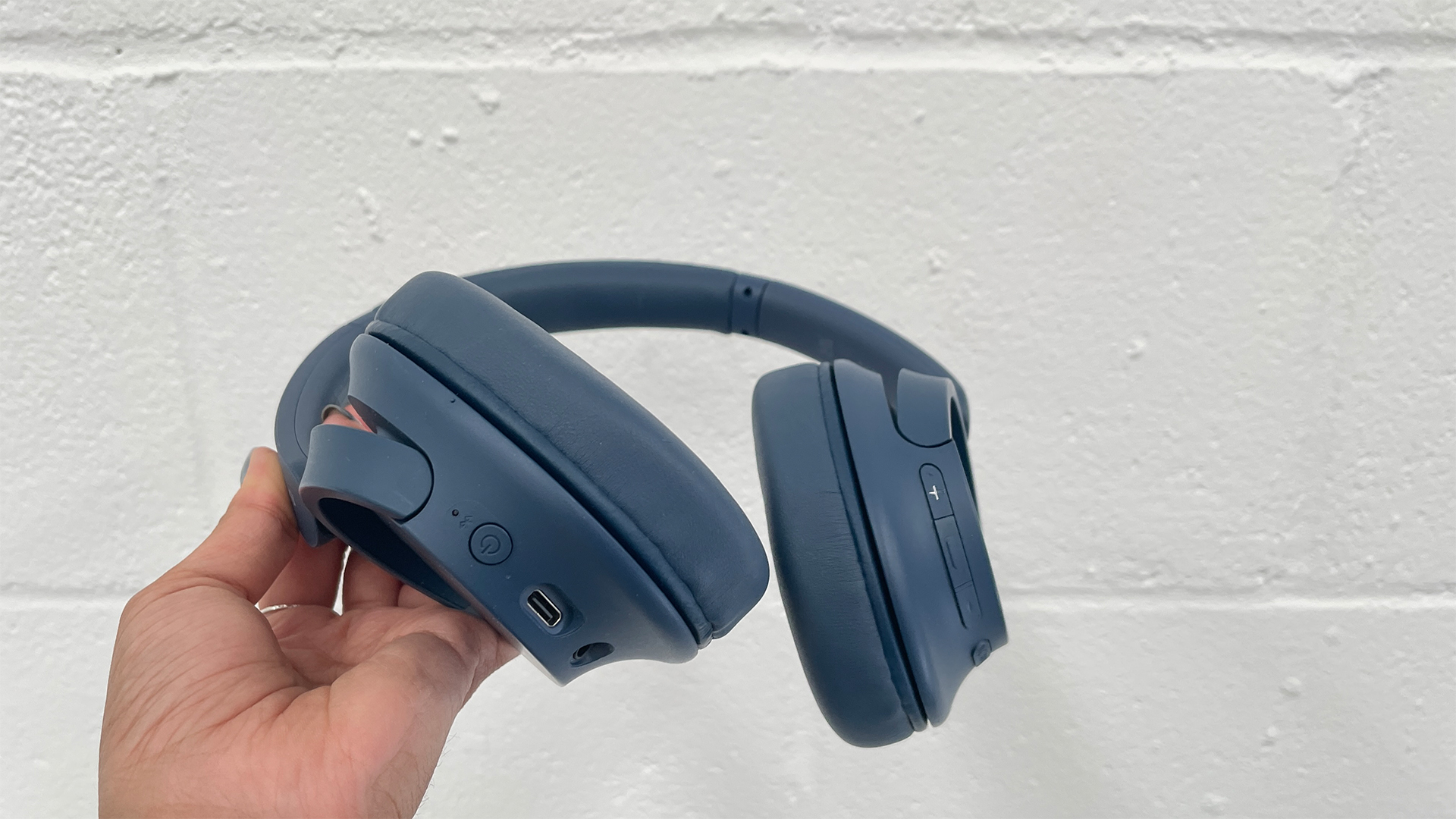
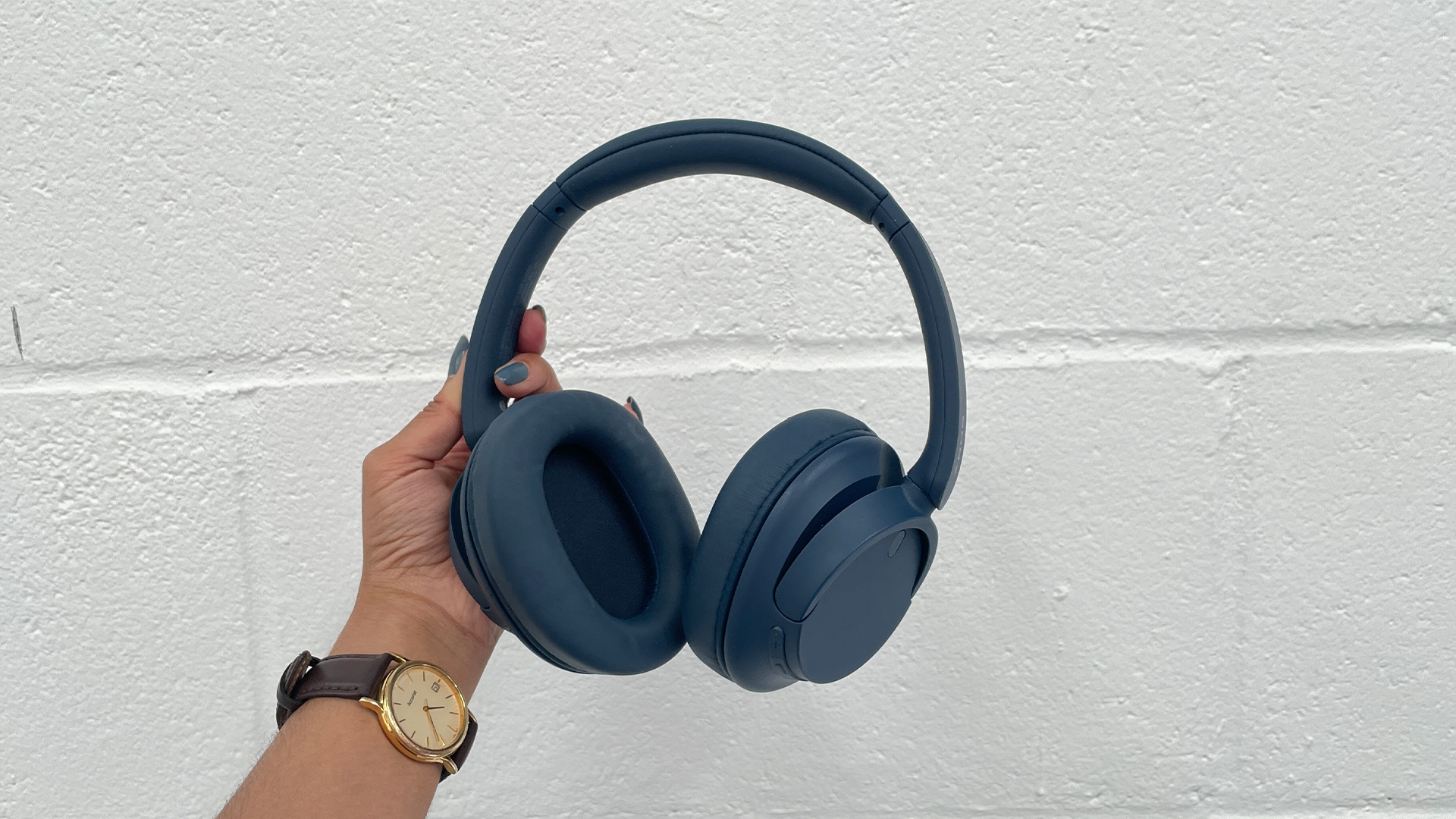
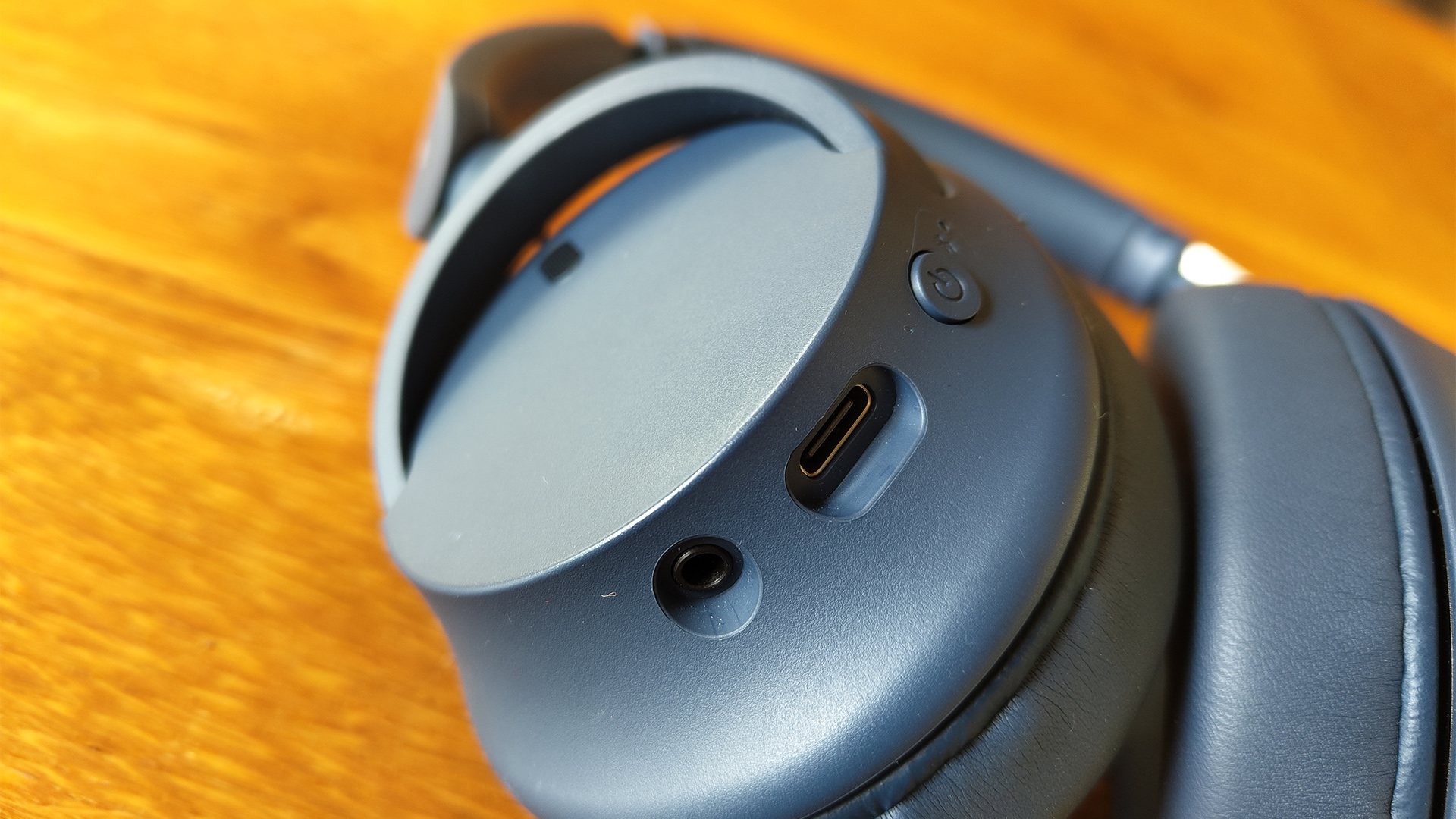

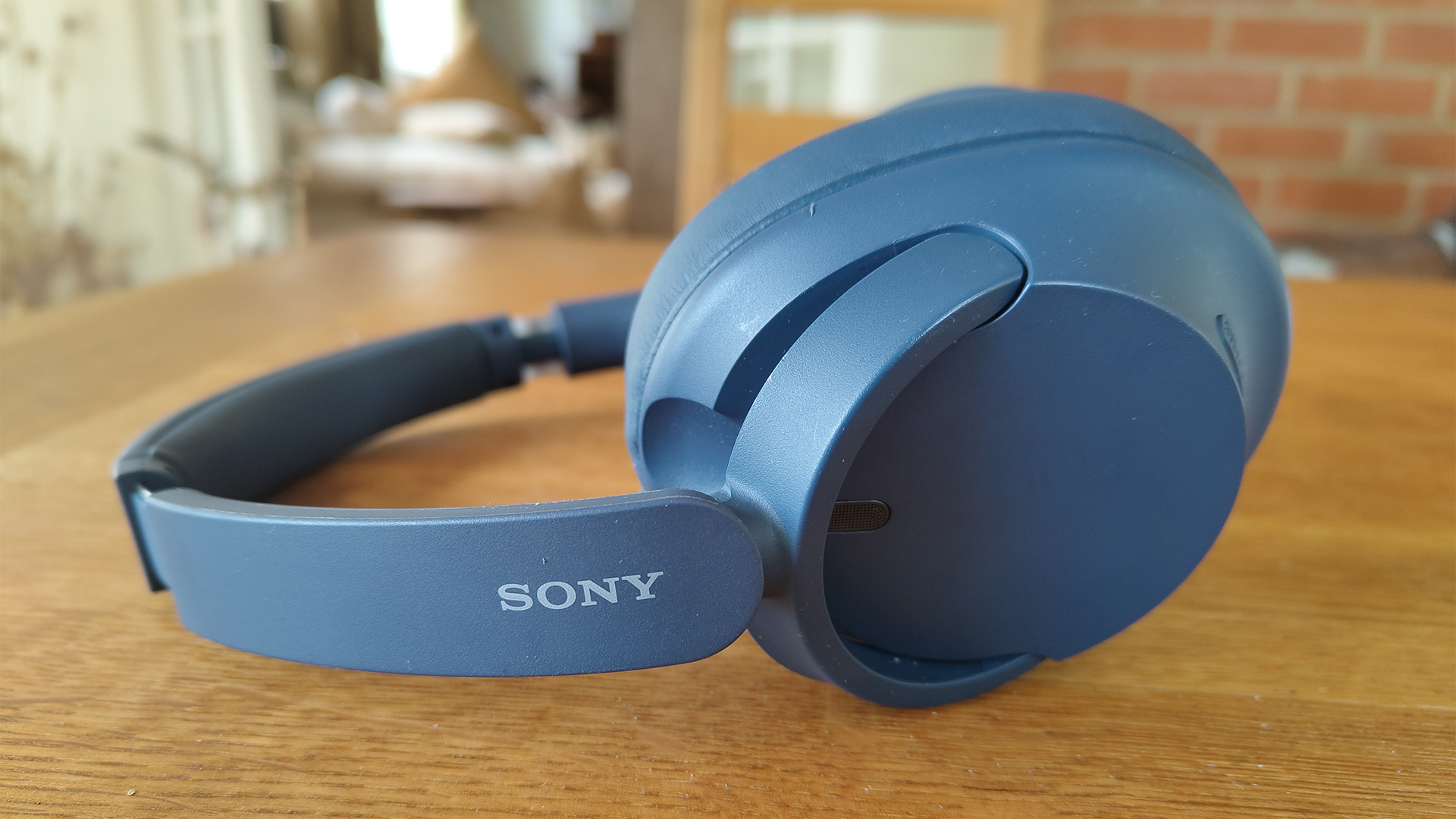
Specifications
Reasons to buy
Reasons to avoid
The WH-CH720N were designed to be an affordable pair of over-ears with a heavy feature set and a particular focus on budget noise cancelling – and that's exactly what they deliver.
For a very reasonable price, they’re a dependably made, enthusiastic-sounding pair of headphones that, while occasionally straying into the realm of excessive bass, deliver strong ANC and a large feature set to the market's mid-to-low price bracket. Which is why they won a What H-Fi? Award two years in a row.
The noise cancelling is first-rate. While more premium models like the WH-1000XM5 or Bose QuietComfort Ultra Headphones block out external noises more effectively, we find these affordable Sonys do a pleasing job of dampening, if not silencing completely, outside noises and distractions.
Further features, including Bluetooth multipoint, voice calls, a hefty battery life and Sony DSEE sound upscaling, only sweeten the deal.
Sonically, the CH720N are great for the price. "No shrinking violets, they imbue their musical cargo with heft and conviction, operating on the front foot in delivering an immediate, assertive sound with an emphasis on forceful, burly bass," we wrote in our review." For the price, we can’t think of a pair of over-ear headphones that could keep up with such a spirited delivery."
It's true that you'll certainly receive more refinement and balance the higher up the price ladder you go, but these cans feel like they're spoiling you for the price.
Sony might have focused on features, but the sound these over-ears provide is detailed, robust and exciting, with decent texture and feeling across the board. Job done.
Read the full Sony WH-CH720N review
Best in-ears


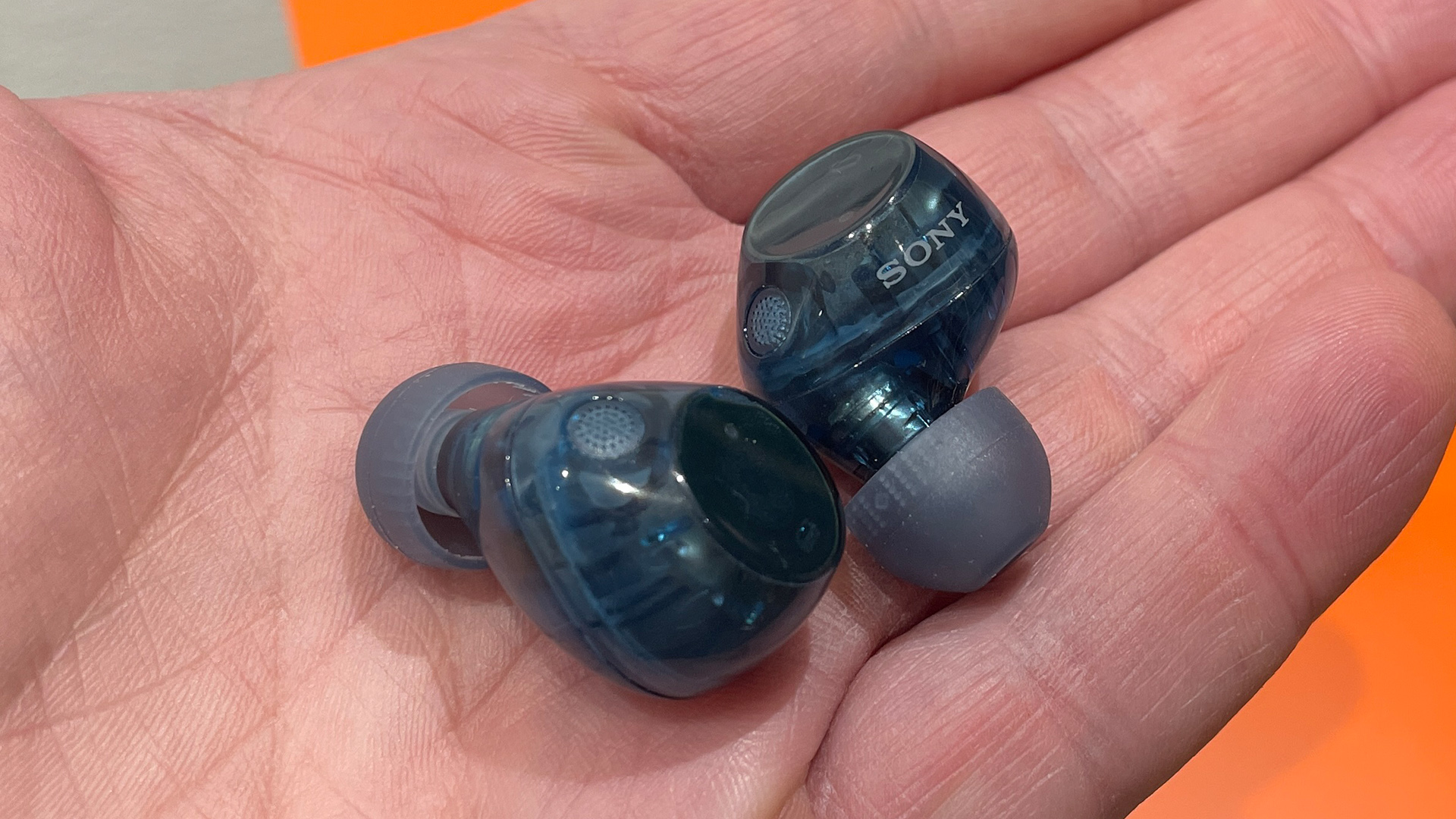

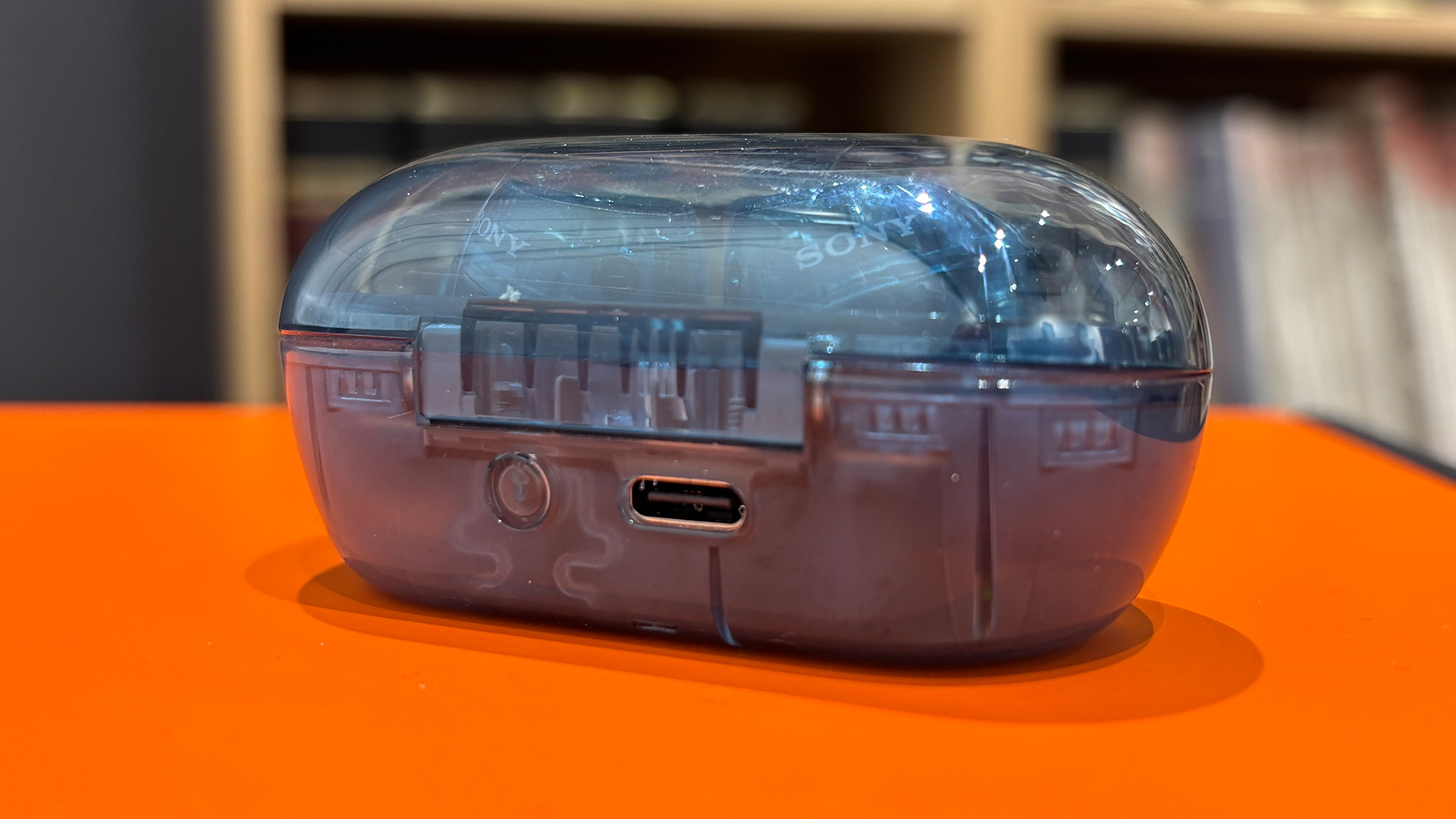

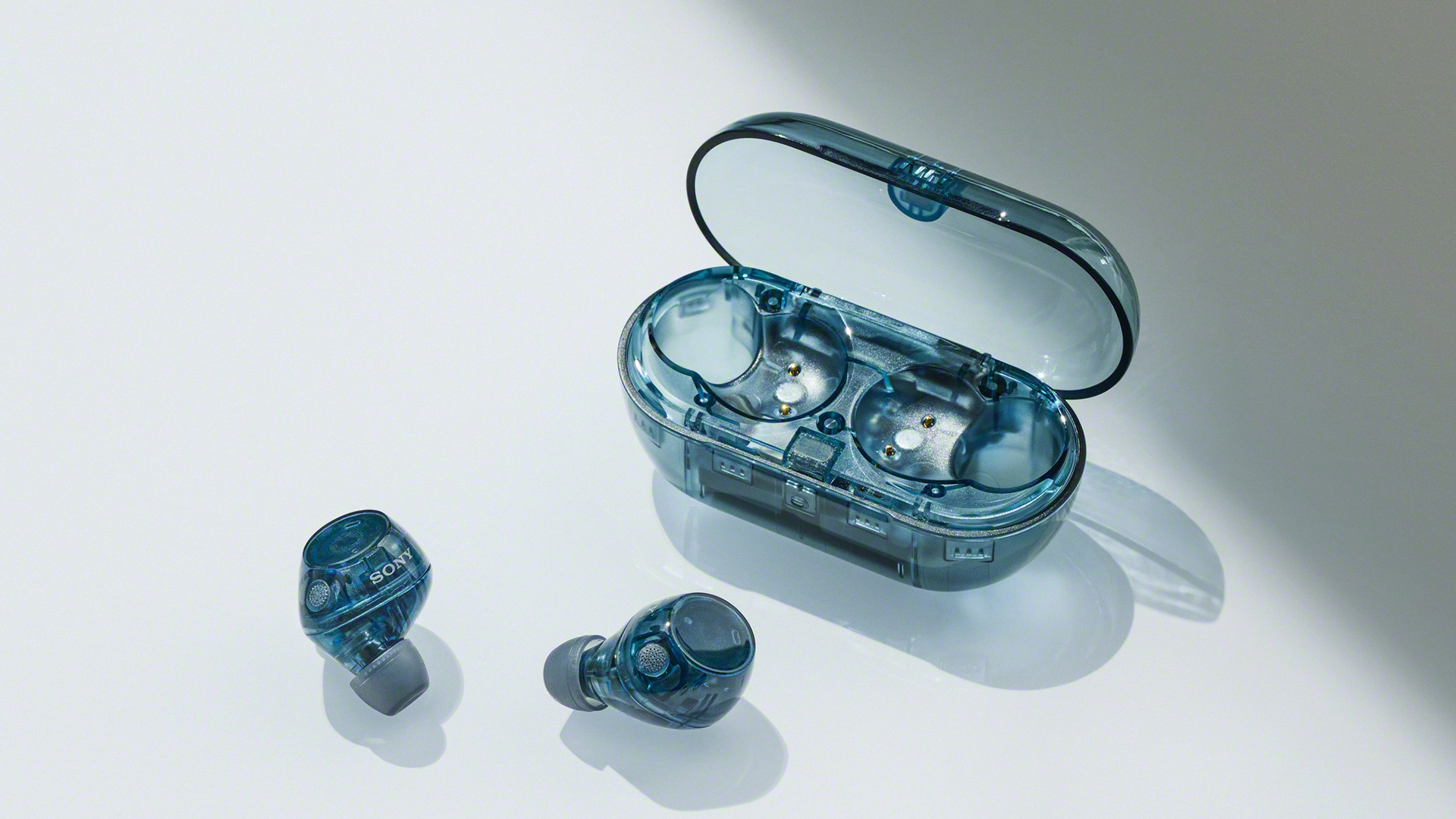


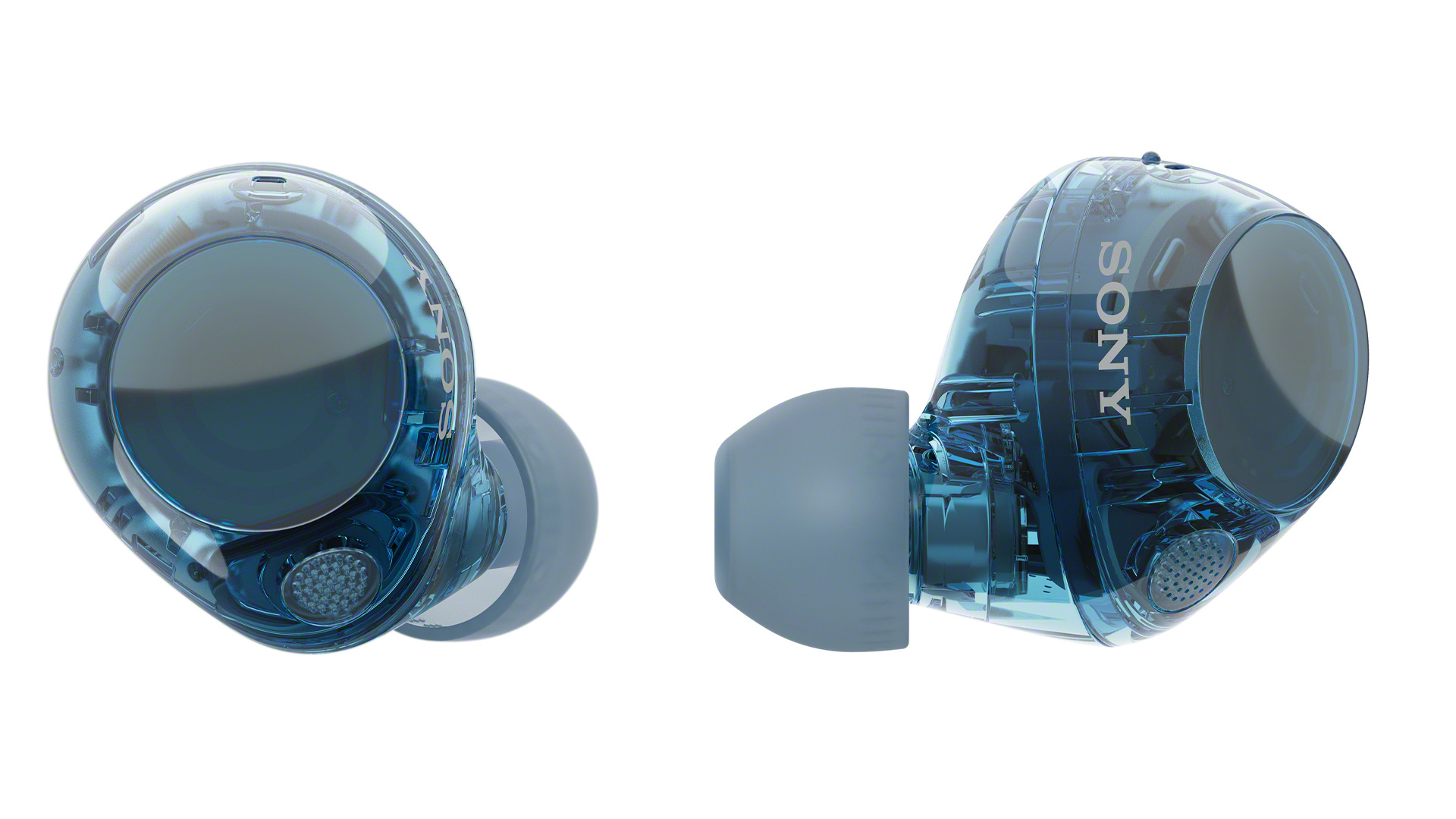
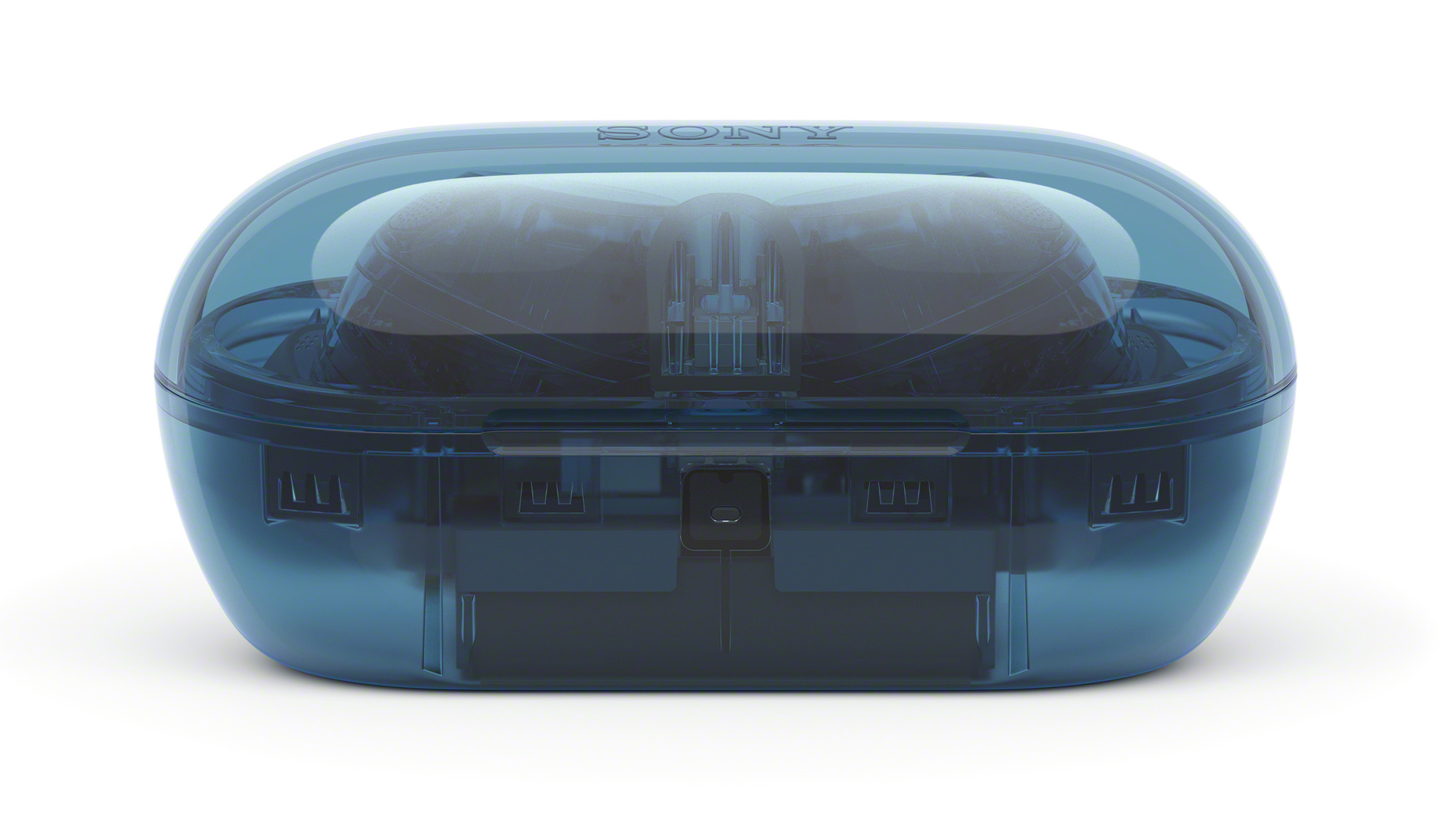
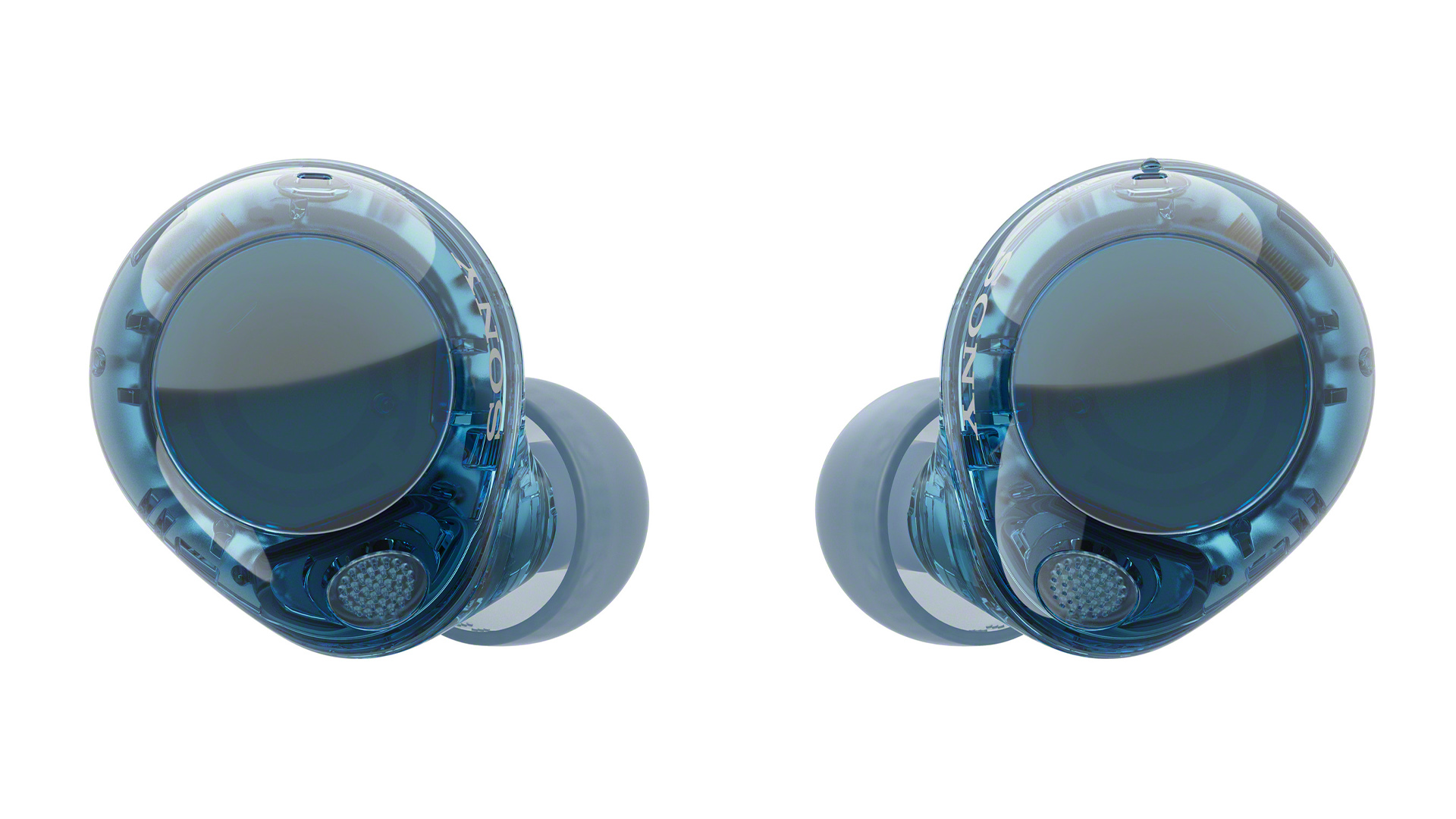
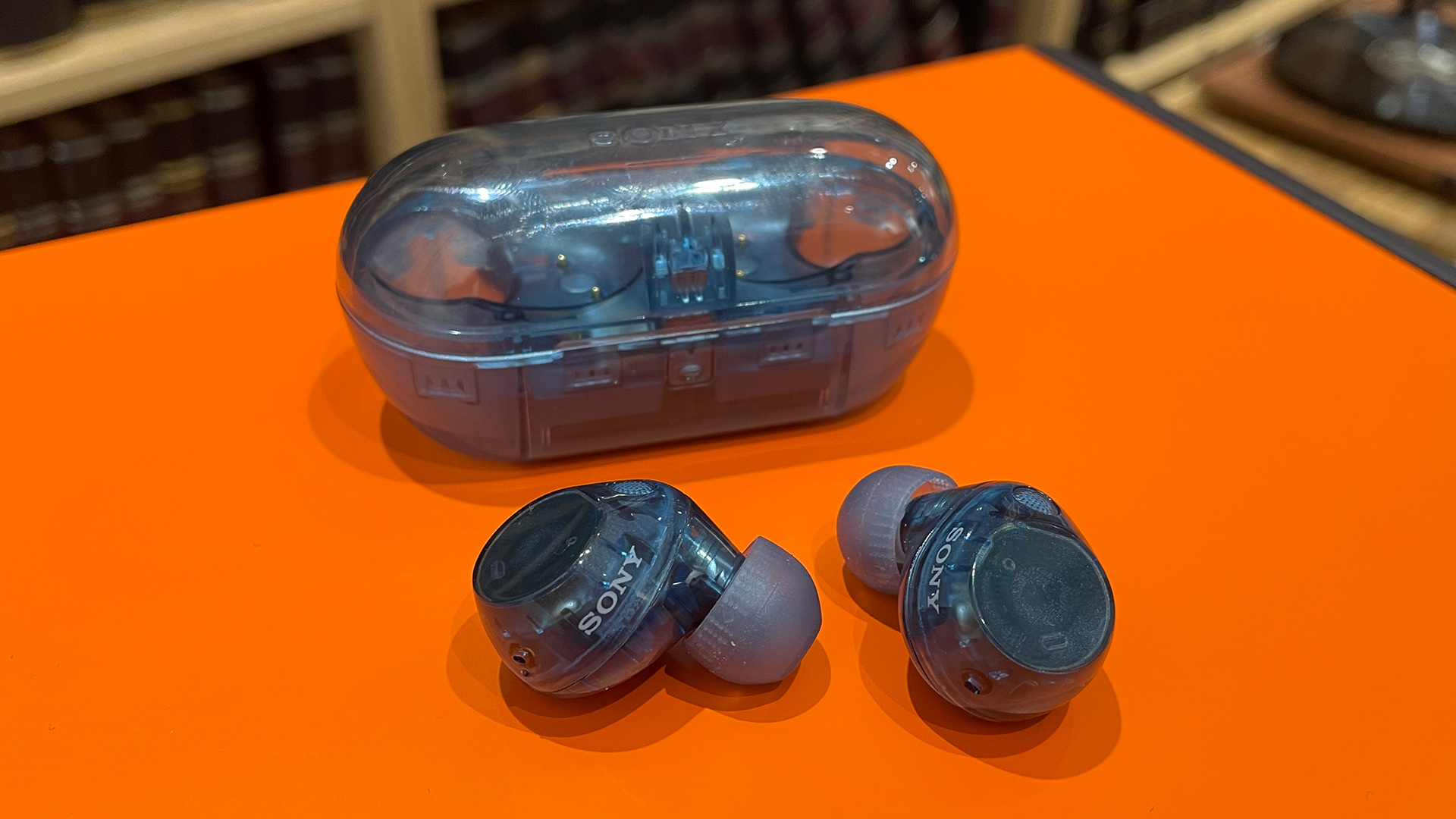

Specifications
Reasons to buy
Reasons to avoid
The WF-C700N were our Product of the Year on more than one occasion, so the C710N certainly have big shoes to fill. But they do so admirably.
Like their predecessors, they sit between the entry-level WF-C510 (which lack ANC) and flagship WF-1000XM5. And they share a lot of what made the C700N such excellent headphones – a comfy fit, full suite of features and excellent sound quality and noise cancellation. But they are definitely more advanced.
The total battery life has come on leaps and bounds to double that of the C700N (30 hours, compared to their predecessor's 15 hours). Dual noise sensor tech improves the ANC drastically (they have two mics in each earbuds, compared to the C700N's one in each), and they have the wearer detection feature from Sony's more premium 'buds.
But it's the sound quality that's the real improvement.
"There’s a weight, solidity and fullness in the bass which makes the WF-C700N sound lightweight and a little top-heavy," we wrote in our review. "The new model fleshes things out better."
They dig up an incredible amount of detail considering the price, which adds plenty of texture and definition to recordings. And they have excellent timing, even when dealing with complex rhythmic patterns.
Calls are clearer thanks to precise voice pick-up, which uses artificial intelligence (AI) to filter out background noise. And they come in a natty new glass blue finish, which is transparent and so lets you see the inner workings.
At this price, these are the noise-cancelling earbuds to beat.
Read the full Sony WF-C710N review
Best earbuds for battery life
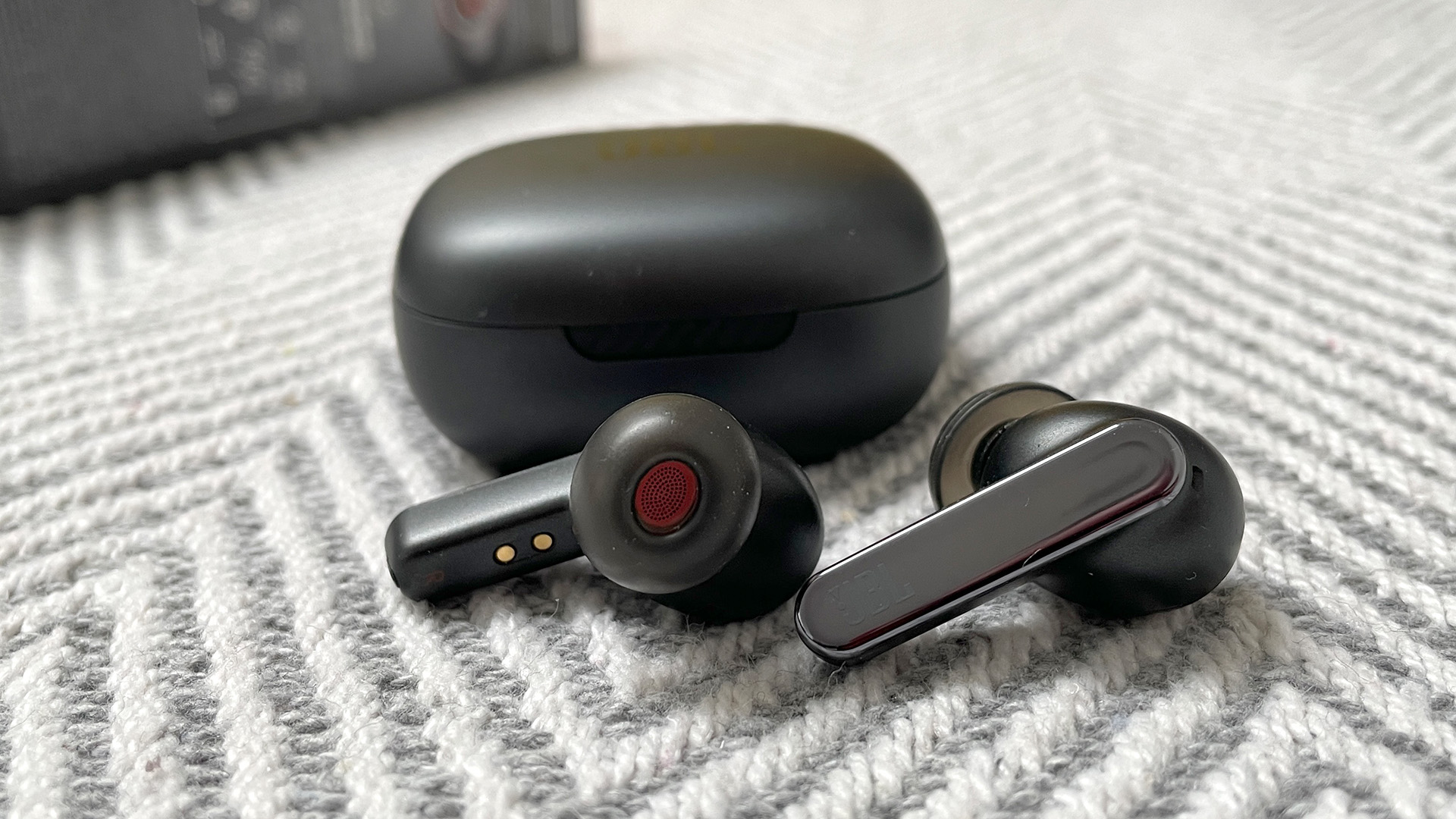
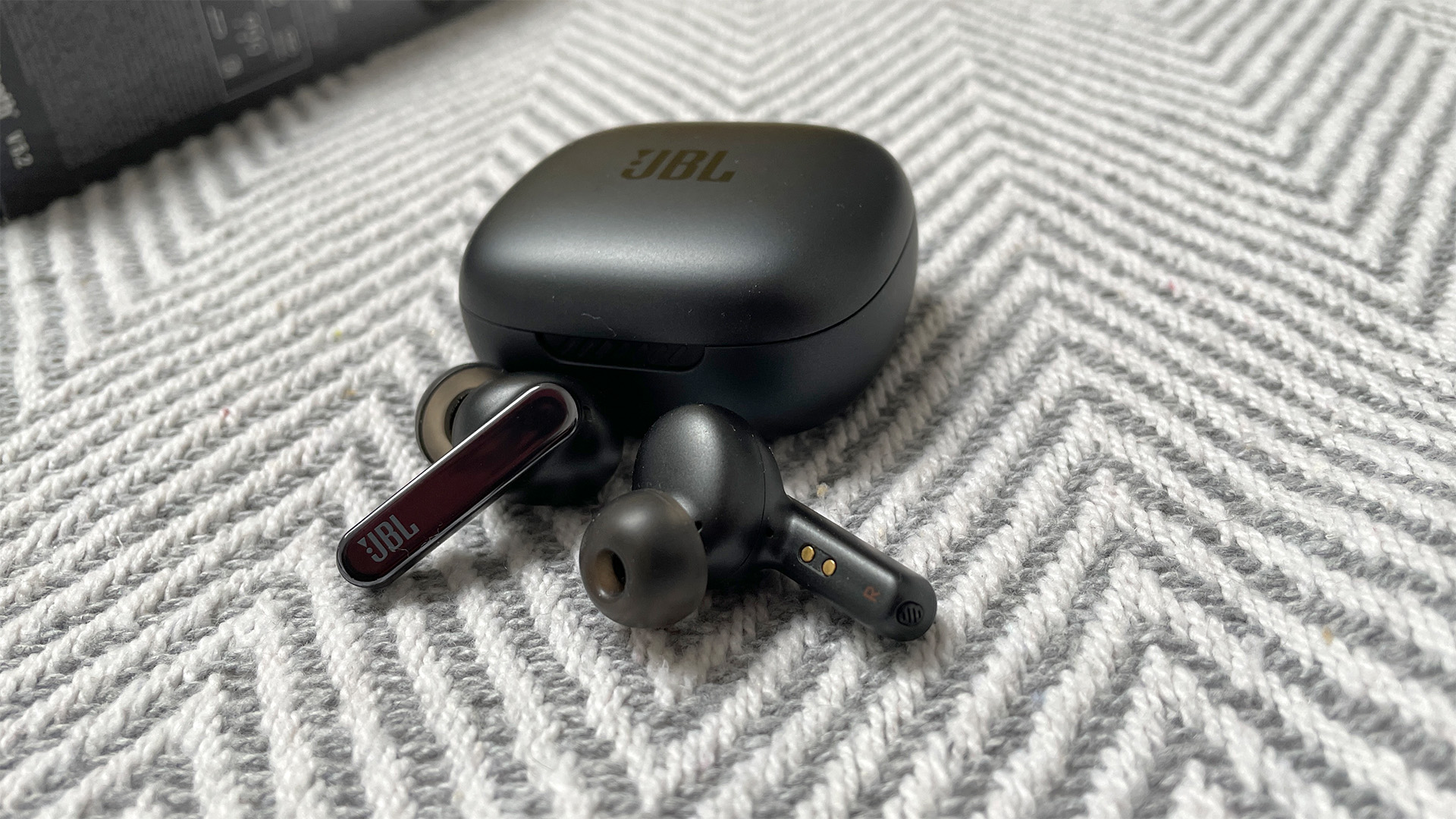
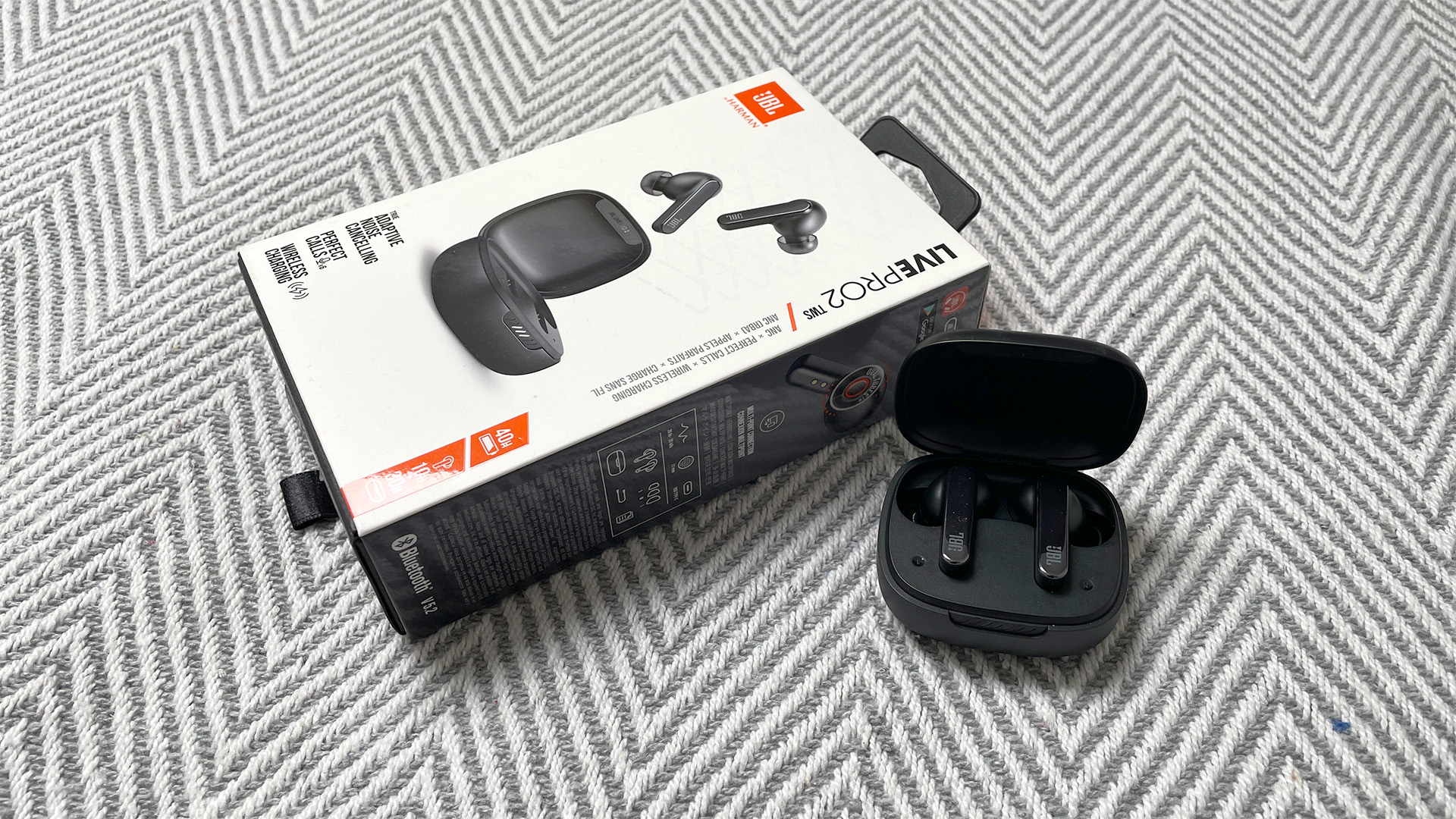



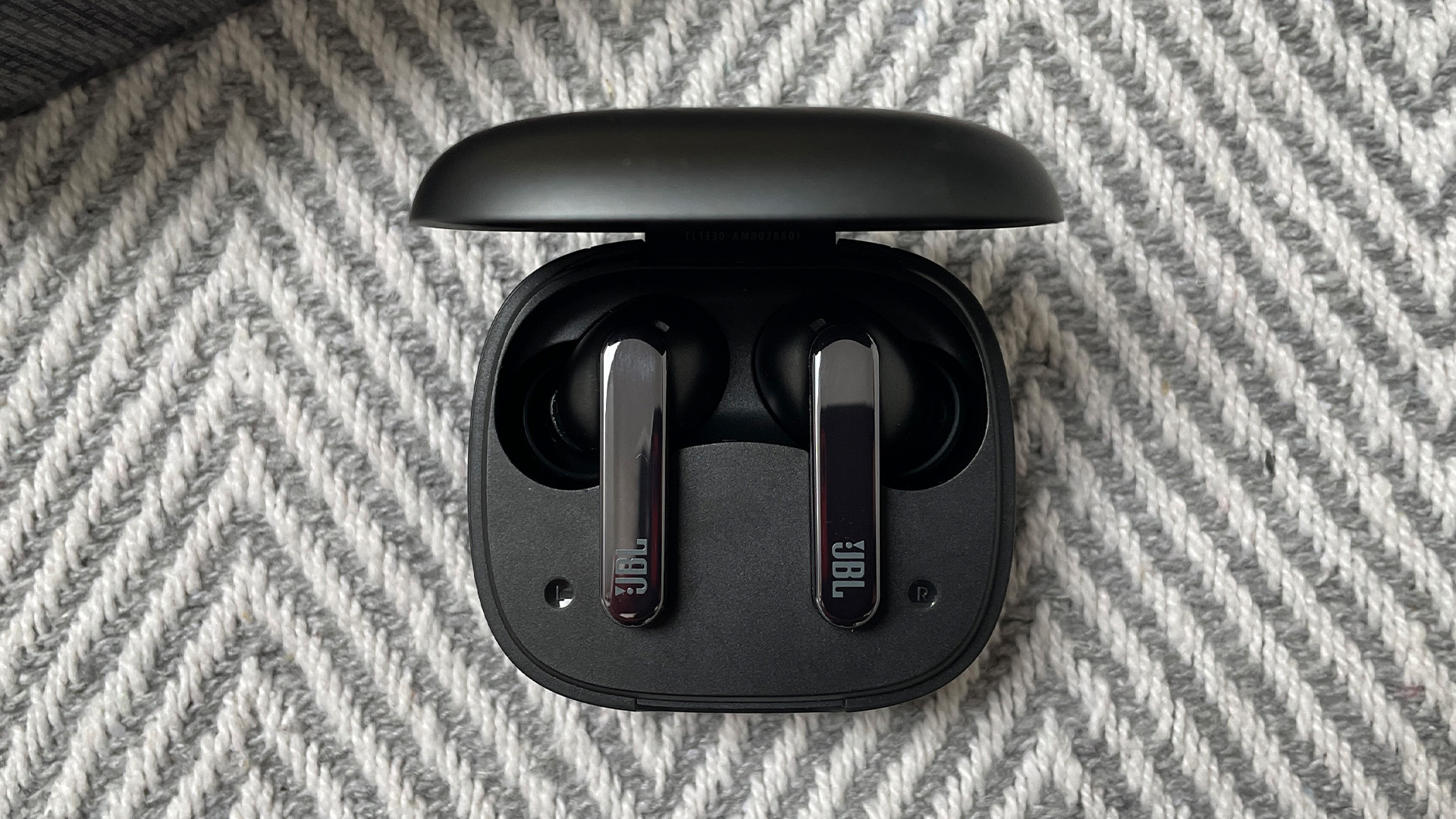
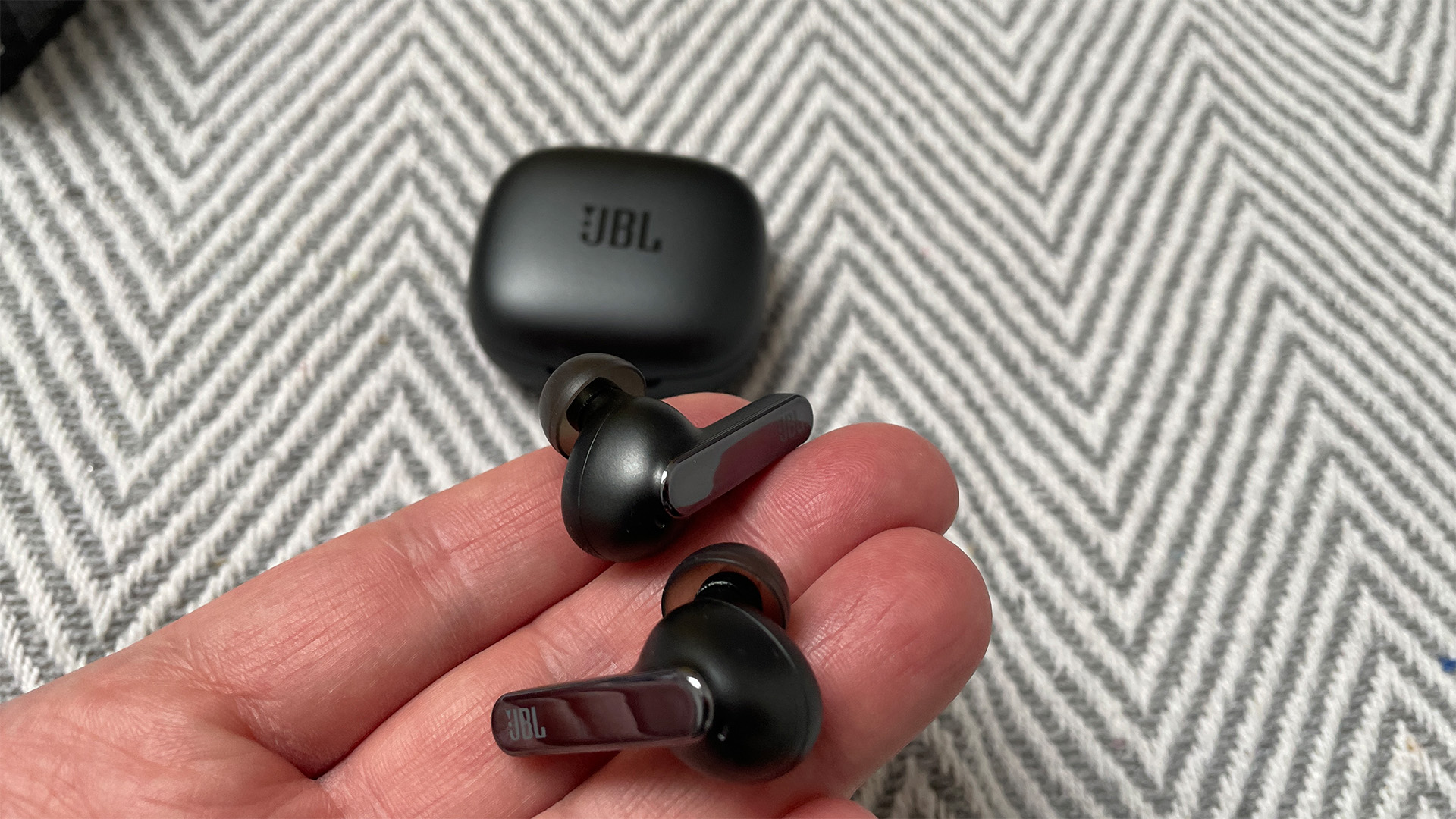
Specifications
Reasons to buy
Reasons to avoid
If you're after a pair of cheap noise-cancelling earbuds with great battery life, these are the ones for you.
Their eight-hour run time might not sound that special, but add in the extra 22 hours from the portable charging case, and you can see it's worth shouting about.
But there's a lot more to them than just battery life. They have all the features you could wish for, including ANC, IPX5 water resistance, a thorough control app which offers some customisation, a good user experience, and a comfortable enough design.
A few more ear tip options to help get the perfect fit wouldn't go amiss, but we're nitpicking by this point.
Touch controls are included at the top of each stem and you also have Multipoint Bluetooth so you can connect two sources simultaneously and switch between them on the fly.
The excellent sound quality is the icing on this cake, with the JBLs favouring a lively and entertaining sound. Bass weight is nicely judged and there's good extension, too. Detail levels are excellent at this level, as are the dynamics.
As we wrote in our review: "If you’re looking for a solid and robust sound, then the JBL Live Pro 2 TWS deliver that and more. They’re not shy in coming forward, especially in the lower frequencies where there is plenty of power on tap."
If you're looking to make the step up from a cheap pair of earbuds and want an entertaining sound that outlasts its rivals, these JBLs have to be on your list.
Read the full JBL Live Pro 2 TWS review
Best for sport

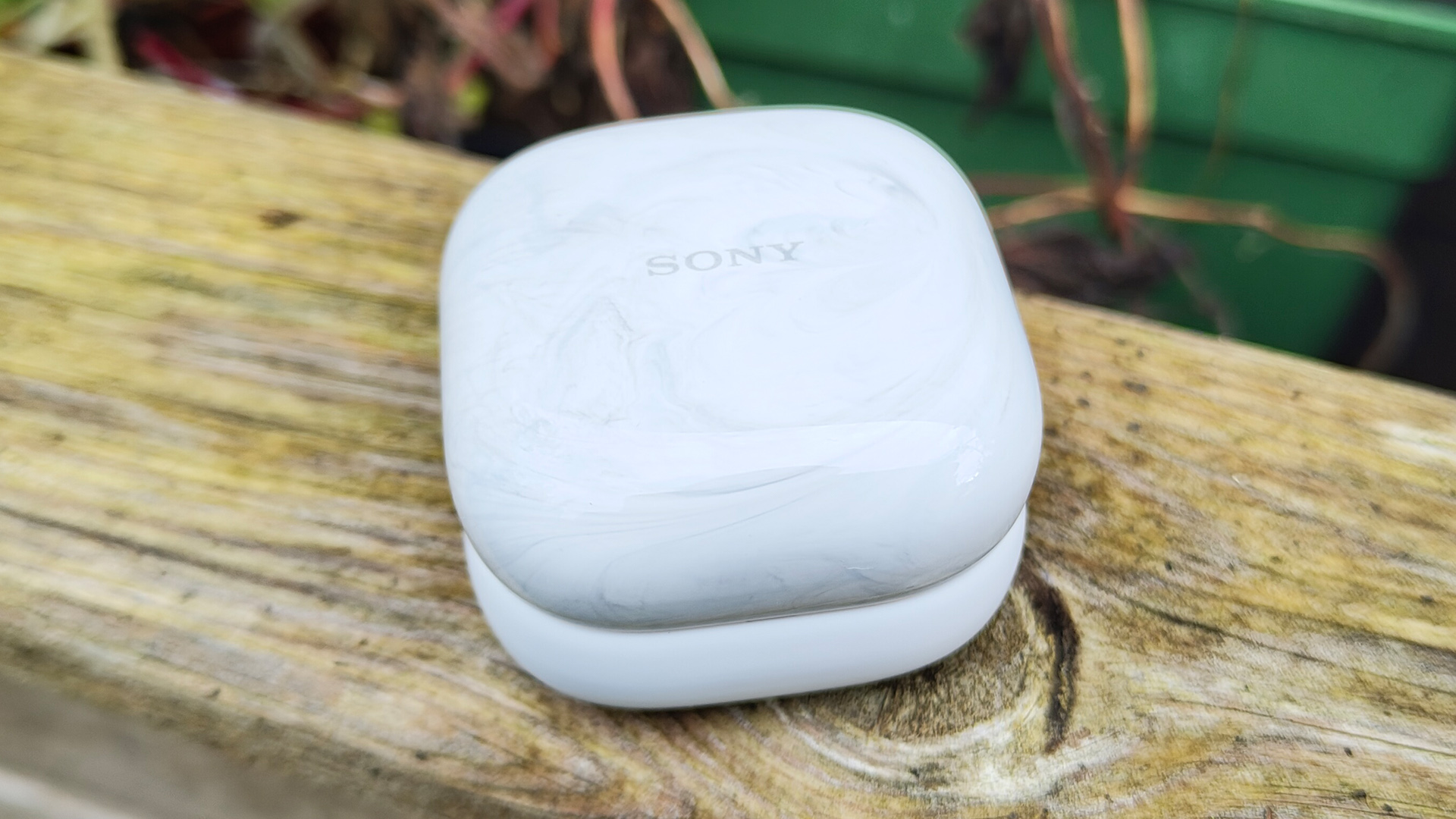
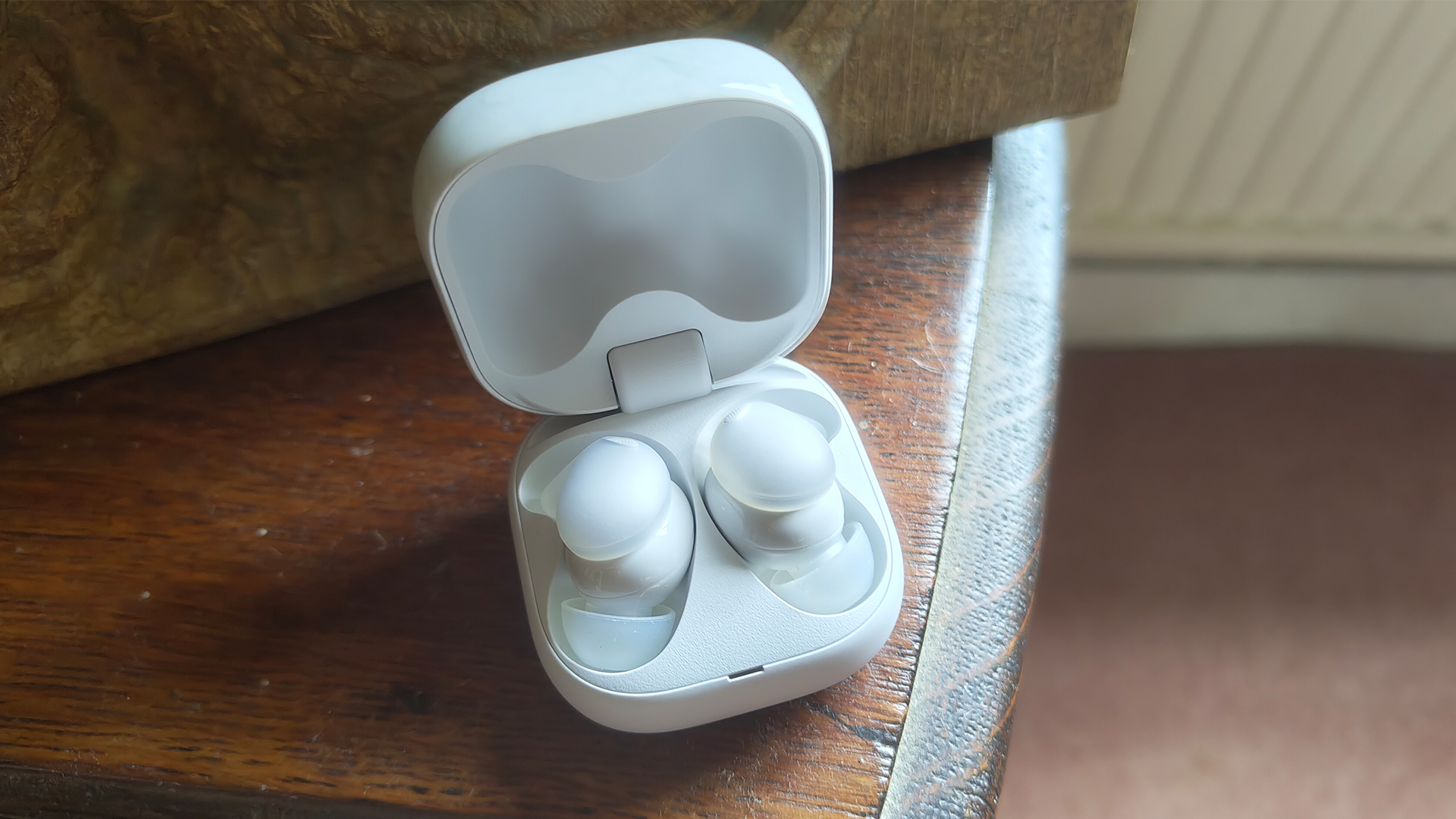

Specifications
Reasons to buy
Reasons to avoid
Whether you consider Sony’s LinkBuds Fit to be ‘cheap’ or not probably depends on how much you normally spend on a pair of headphones, but with a recent price drop to £149 (sometimes less depending on which colour you go for) they’re still an affordable option for exercise.
The main thing that makes them worth the money over a standard pair of buds is the design, which includes soft, wing-like ‘fitting supporters’ that nestle inside your ears and hold them in place when you move more vigorously than a brisk walk.
It’s a shame you don’t get more sizes of silicone eartip to choose from, but they fit securely and comfortably, with an IPX4 rating to cope with all the sweating. They’re nice and light, too.
Sony is often fairly generous when it comes to the features that it offers on its more affordable earphones and the LinkBuds Fit are no different. The noise-cancelling does an admirable job of shushing the outside world, but there’s also an Ambient Sound mode that automatically adjusts to your surroundings if you want to let a little bit of it in.
Multipoint Bluetooth, hi-res support over LDAC, and even 360 Reality Audio with head-tracking also go some way to justifying the slightly higher price tag.
For those who crave sonic motivation while exercising the LinkBuds Fit certainly deliver. Theirs is an enthusiastic, hearty sound that’ll give your workout playlist real impact, and while it might not be the subtlest there’s still a decent level of detail on offer.
So what holds them back from earning that all-important fifth star?
It’s not uncommon for sporty headphones to be a little heavy-handed when it comes to the lower end of the frequency spectrum, and that’s certainly true of the LinkBuds Fit, although it can be rectified to a certain extent by making some adjustments to the EQ within the companion app.
Those who value the motivational effect a more energetic sound can have on their workouts may favour that over outright accuracy anyway, but if you’re looking for all-rounders to use outside the gym as well inside it, Bose’s latest QuietComfort Earbuds now sell for a similar price, although they don’t offer quite the same level of stability.
Read the full Sony LinkBuds Fit review
Also consider
The best cheap noise-cancelling headphone alternatives we've tested:
Panasonic RZ-S500W: They might be getting on a bit now, but these wireless earbuds still pack a punch. Their audio is superb, noise cancelling first rate and their build quality second to none. What's even more impressive is that they were Panasonic's first stab at a pair of true wireless earbuds. We're getting impatient waiting for its second effort.
Earfun Air Pro: The Earfun Air were the first really affordable true wireless earbuds to earn five stars from us. These are essentially the same buds with added noise cancellation, which makes them well worth considering. It's just a shame Earfun's more recent headphones have gone a bit off the boil...
Lindy BNX-80: These are a tad pricier than the BNX-60, but add a hybrid mode that allows in outside sound. They're decent all-rounders with very good sound, a comfortable fit and impressive noise cancellation.
Sony WF-C700N: Now that the C710N are here, the Award-winning C700N have dropped in price. They're still a great pair, just not quite as advanced as their successors. But if money is tight, these could be your best option.
How to choose the best cheap noise-cancelling headphones for you
So, should you go wireless? In short, yes. It's more convenient, and sound quality has come on leaps and bounds in recent years, even if it doesn't yet compete with the wired alternatives for the same price. It will also give you much more choice – wired active noise-cancelling (ANC) pairs are becoming a rarity these days.
Most pairs with ANC feature microphones that cancel outside sound, and also those to let sound in, so you can be more aware of your surroundings or even have a chat without taking the headphones off. This 'ambient aware' mode (or 'talkthrough', as it's also known) was once the preserve of pricier pairs, but is now trickling down to the budget end of the market.
Some pairs also come with adjustable noise cancelling, either set by you to a certain level, or that adapts to your surroundings as they change. And Bluetooth Multipoint lets you pair with multiple devices and switch between them seamlessly, so you can go from listening to music on your phone to taking a Zoom call on your laptop without having to re-pair. Multipoint does feature on budget pairs, but adjustable ANC is usually reserved for more expensive models.
The big consideration is: in-ear or over-ear? The former are smaller and more pocketable, making them more suitable to exercise, while the latter's design – the fact that they tend to envelop your ears completely – makes for more effective noise-cancelling.
Battery life should also be a key factor. Budget pairs can't match their pricier counterparts, but you should still demand at least 20 hours to avoid having to plug in too often.
How we test noise-cancelling headphones
While we have state-of-the-art testing facilities, where our team of experienced, in-house reviewers tests the majority of hi-fi and AV kit that passes through our door, noise-cancelling headphones are different beasts that require use on-the-go in different environments.
Therefore, our noise-cancelling headphones reviewing process sees us use pairs in an office, on busy streets, on public transport and, when we can, even on a plane. We judge a pair's portability, comfort and battery life, and of course, sound quality is also key in forming our verdicts and star ratings.
We also check the general build quality and design, how easy they are to use, the button layout, handsfree skills, water-resistance (if applicable), battery life... Basically, we check the manufacturer is telling the truth in terms of specs, and give you a thorough run-through of how they perform with a range of music, visual content like films, and calls.
As What Hi-Fi? is all about comparative testing, each pair we review is compared to the best in its price and style class – whether that's one standout pair or a few we favour the highest among the many models we listen to each year for reviews and What Hi-Fi? Awards judging. We keep class-leading products in our stockrooms so we can always compare new products to rival ones we know and love.
All review verdicts are agreed upon by the team rather than an individual reviewer to eliminate any personal preference and to make sure we're being as thorough as possible. There's no input from PR companies or our sales team when it comes to the verdict, and there never has been – we're proud of having delivered honest, unbiased reviews for nearly 50 years and counting, so you can trust we're giving you the best buying advice possible.
MORE:
These are the best headphone deals around
More to spend? The best wireless headphones you can buy
Sony WF-C710N vs WF-C700N: which five-star budget wireless earbuds are the better buy?
F.A.Q.
Are noise-cancelling headphones worth it?
We think so. If you want to block out background noise to really focus on what you're listening to – or just to enjoy some peace and quiet – noise-cancelling headphones are just the ticket. And as this list shows, they don't have to be expensive.
What are the best budget noise-cancelling headphones?
It depends what you're looking for. We rate the Sony WH-CH720N as the best all-rounders, meaning they'll be the best option for most people. But if you want earbuds instead of over-ear headphones, then the Sony WF-C710N are for you. Check our list and see which would suit you best.
Which are better, noise-cancelling earbuds or headphones?
In terms of pure noise cancellation, over-ear headphones are usually more effective, because they enclose your whole ear, providing another barrier to outside sounds. But you'd be surprised how much noise ANC earbuds can cancel. Generally speaking, over-ears give a fuller sound, but some people prefer earbuds' greater portability – just sling them in your pocket when you're done.
Is it OK to wear noise-cancelling headphones?
Yes! In fact, they could even protect your hearing. By cancelling outside noise, you can hear the music more clearly, so you don't have to turn up the volume as loud.
Recent updates
- 1st July 2025: Replaced Sony WF-C700N with WF-C710N in main list. Moved WF-C700N to 'Also consider'.
- 4th April 2025: Removed the Jabra Elite 4 Active due to lack of availability and replaced them with the Sony LinkBuds Fit.
- 17th January 2025: Rewrote intro. Updated references from Sony WF-C500 to WF-C510.
- 29th October 2024: Rewrote introduction to mention more models for context. Replaced Lindy BNX-60XT with Jabra Elite 4 Active in main list. Included a review quote for each model to illustrate sound quality. Expanded 'How to choose' and 'How we test' sections with more detail.
- 13th September 2024: Rewrote intro. Deleted duplicate headings in 'The Quick List'.
- 8th July 2024: Rewrote intro. Removed Jump Menu and Test Results tables, bolded advisory text in the How to Choose section and added an entry to the Q&A.
- 3rd May 2024: Changed to new Best Buy format. Removed Panasonic RZ-S500W and Earfun Air Pro from main list. Added new 'Also consider', 'Recent updates' and 'F.A.Q.' sections.
- 8th February 2024: Edited the introduction.
- 14th November 2023: Added Sony WH-CH720N.
- 19th May 2023: Added Sony WF-C700N and JBL Live Pro 2 TWS.
Today's best cheap noise-cancelling headphones deals
The latest hi-fi, home cinema and tech news, reviews, buying advice and deals, direct to your inbox.
Joe has been writing about tech for 20 years, first on staff at T3 magazine, then in a freelance capacity for Stuff, The Sunday Times Travel Magazine (now defunct), Men's Health, GQ, The Mirror, Trusted Reviews, TechRadar and many more. His specialities include all things mobile, headphones and speakers that he can't justifying spending money on.
- Tom Wiggins
- Harry McKerrellSenior staff writer

